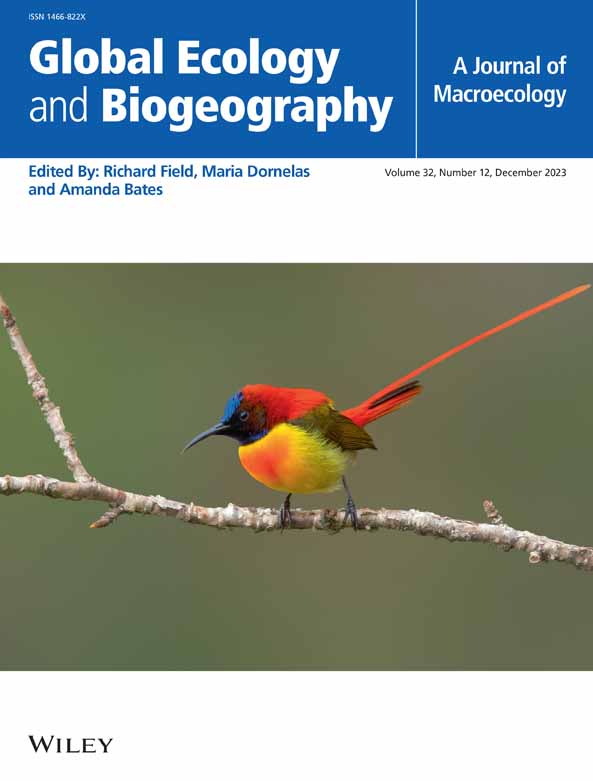A Conceptual Framework for Measuring Ecological Novelty
Abstract
Background
Human pressures are driving the emergence of unprecedented, ‘novel’, ecological and environmental systems. The concept of novel (eco)systems is well accepted by the scientific community, but the use and measurement of novelty has outgrown initial definitions and critiques. There are still unresolved methodological and conceptual differences in quantifying novelty that prevent a unified research approach.
Framework
Here we present a conceptual framework and guidelines to unify past and future measurement of ecological novelty. Under this framework, novelty is a property of an ecological or environmental entity of interest. Novelty is quantified as the comparison between the target entity and a reference set, measured as the summary of degrees of difference across one or more dimensions. Choices in these components, particularly the reference set, can change resulting novelty measurements and inferences.
Showcase
We provide a case-study to showcase our framework, measuring pre- and post-European novelty in 99 pollen assemblages in Midwest USA forests. We paired this quantitative exploration with a five-step process designed to improve the utility and outcomes of novelty analyses.
Conclusions
Quantitative novelty has immense value in studies of abrupt ecological change, linking climatic and ecological change, biotic interactions and invasions, species range shifts and fundamental theories. Our framework offers a unified overview and is also primed for integration into management and restoration workflows, providing consistent and robust measurements of novelty to support decision making, priority setting and resource allocation.


 求助内容:
求助内容: 应助结果提醒方式:
应助结果提醒方式:


